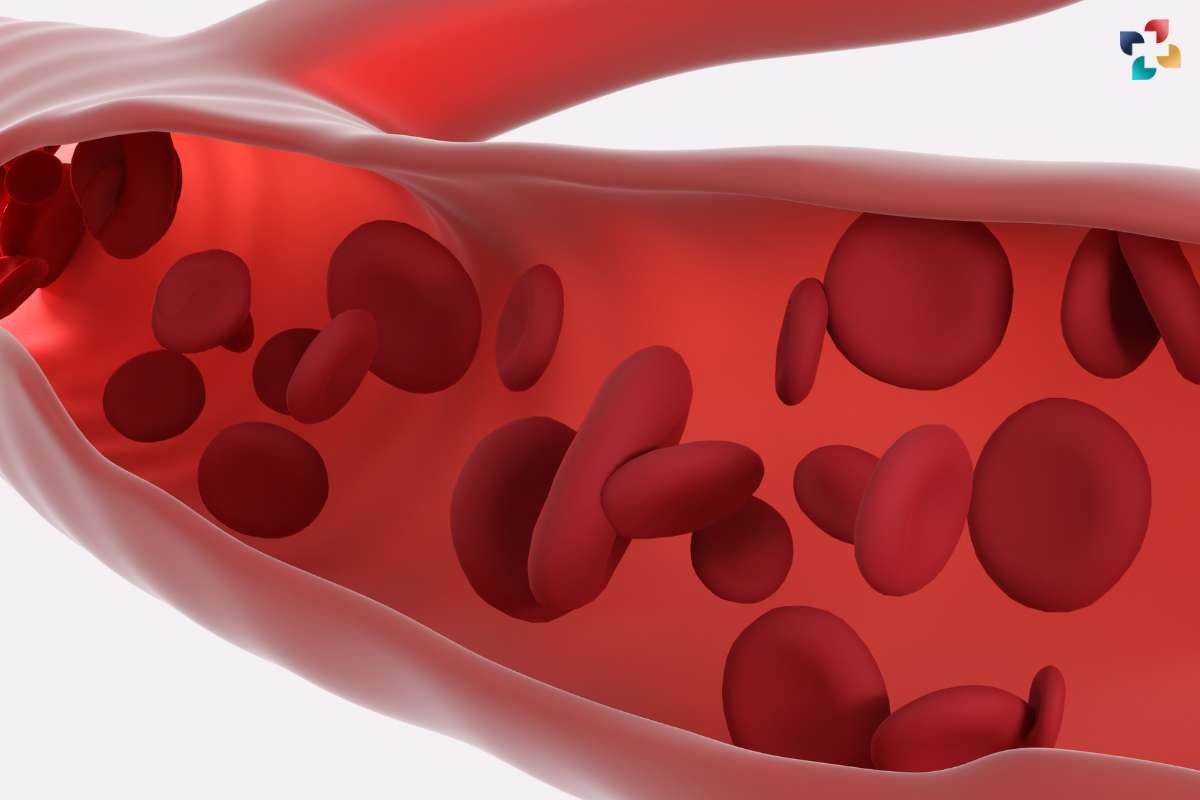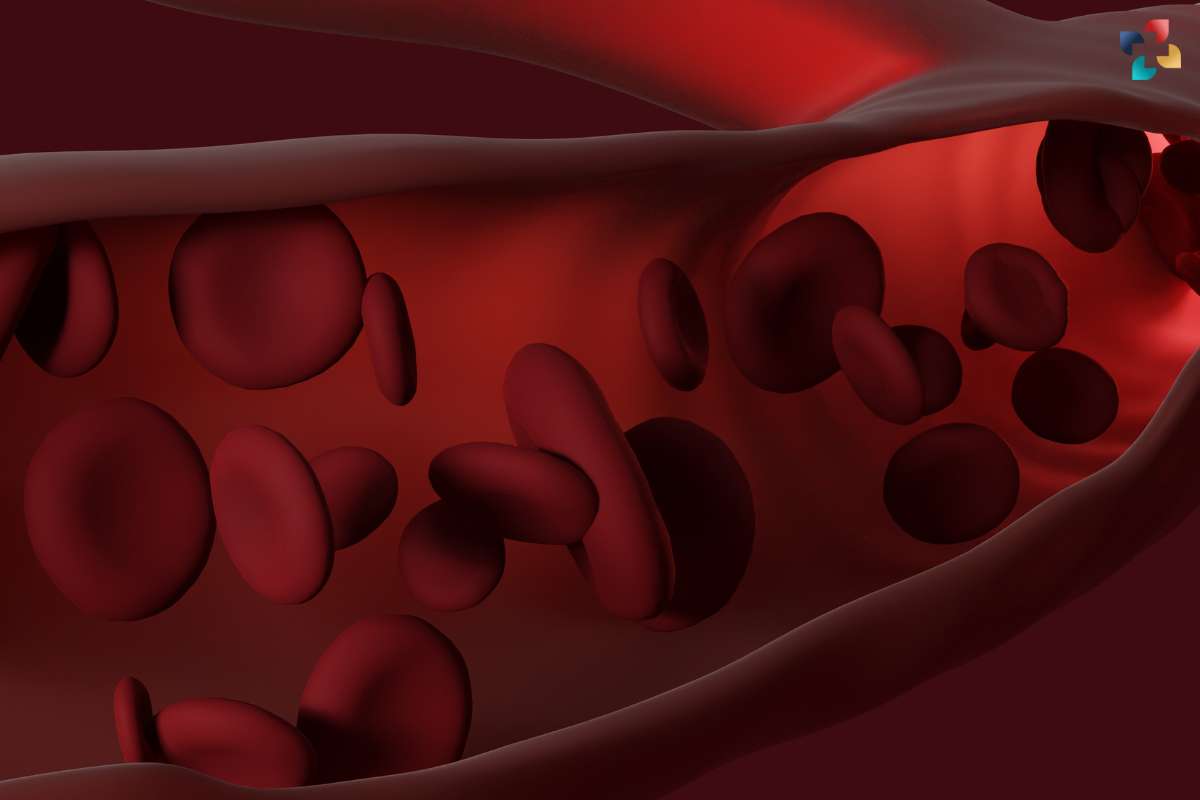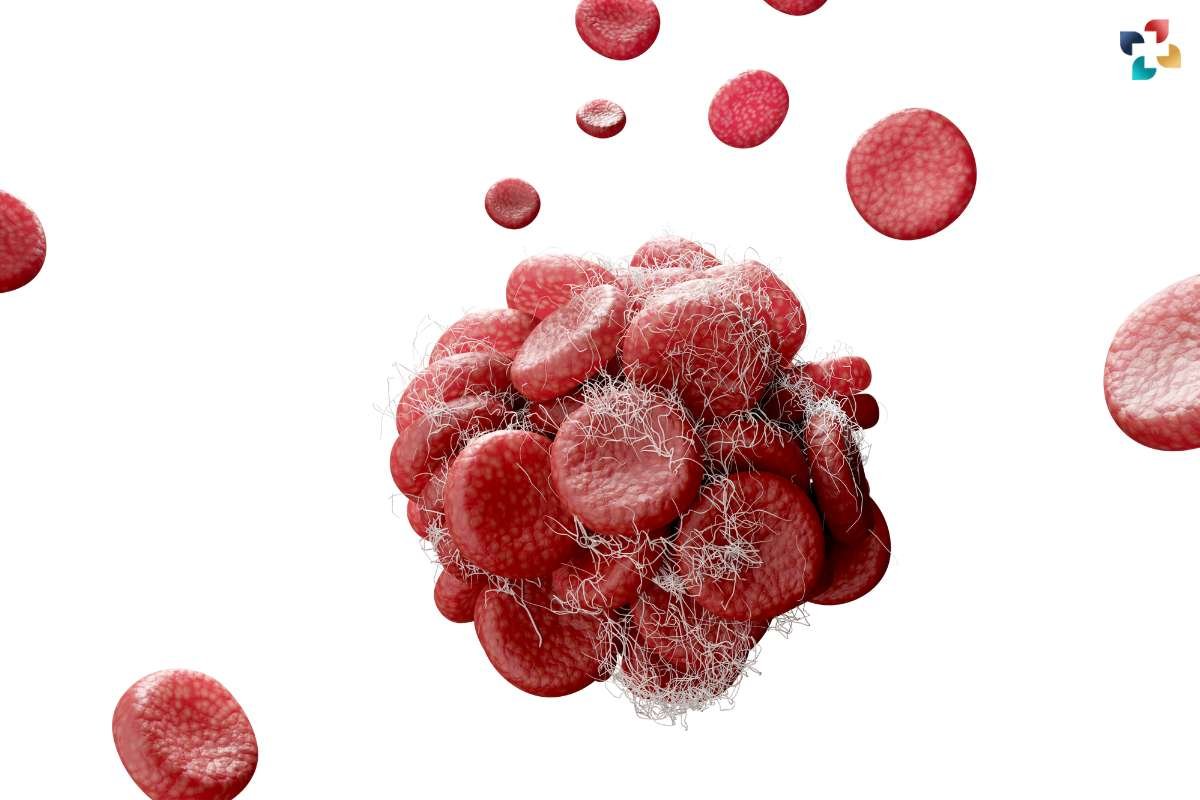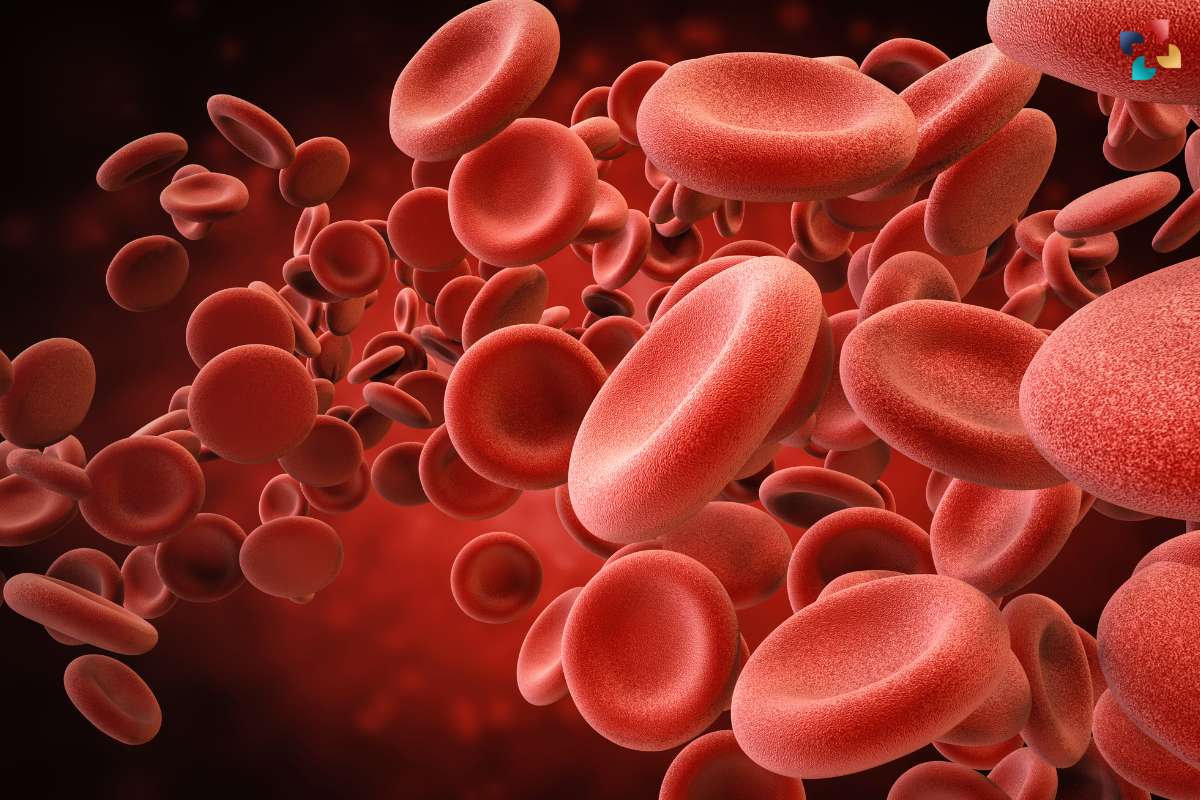Table of Contents
Introduction:
A hematological measurement called Red Cell Distribution Width (RDW) gauges how differently the size of red blood cells (RBCs) vary within a blood sample. It is crucial to the complete blood count (CBC) test and offers important information on the state and operation of the hematological system. We shall examine the importance of RDW, its interpretation, clinical uses, and consequences for different medical disorders in this article.
Understanding Red Cell Distribution Width:

Red Cell Distribution Width reflects the heterogeneity in the size (volume) of red blood cells within a blood sample. It is expressed as a coefficient of variation or percentage and indicates the degree of anisocytosis, which refers to the variation in RBC size. An elevated RDW suggests increased variability in RBC size, while a normal RDW indicates uniformity in RBC size.
Red Cell Distribution Width (RDW) is a valuable hematological parameter used in the assessment of red blood cell (RBC) morphology and size heterogeneity. It provides clinicians with crucial information about the uniformity or variability in the volume of RBCs present in a blood sample. RDW is typically reported as a coefficient of variation or percentage, reflecting the degree of anisocytosis, which refers to the variation in RBC size.
An elevated RDW indicates greater variability in RBC size, suggesting the presence of anisocytosis. This may occur due to various underlying factors, such as nutritional deficiencies, hematological disorders, chronic diseases, or inflammatory conditions. In contrast, a normal RDW suggests uniformity in RBC size, indicating healthy RBC morphology and function.
The measurement of RDW is an integral part of the complete blood count (CBC) test, which assesses various parameters related to blood cells, including RBCs, white blood cells, and platelets. By evaluating RDW alongside other hematological indices, clinicians can gain insights into the overall health and functioning of the hematopoietic system.
RDW is particularly useful in the diagnosis and monitoring of anemia, a condition characterized by a decrease in the number of RBCs or hemoglobin levels. An elevated RDW in conjunction with other CBC parameters may indicate the presence of anemia and help guide further diagnostic evaluation and treatment decisions.
Overall, understanding RDW and its implications is essential for healthcare providers in interpreting hematological test results accurately and effectively managing patients with various hematological and non-hematological conditions.
Clinical Significance of Red Cell Distribution Width:

Anemia: RDW is a valuable parameter for assessing anemia, a condition characterized by a decrease in the number of RBCs or hemoglobin levels. In cases of iron deficiency anemia, RDW often increases due to the presence of both microcytic (small) and macrocytic (large) RBCs.
1. Cardiovascular Disease
Elevated RDW has been associated with an increased risk of adverse cardiovascular events, including heart failure, myocardial infarction, and stroke. It serves as a prognostic marker for mortality and morbidity in patients with cardiovascular disease.

Exploring Cutting-Edge Gene-Silencing Approaches in Cardiovascular Disease
Cardiovascular diseases are increasing day by day due to our lifestyle these days. Each one of us needs a small to medium-sized workout regime to sweat it out.
2. Inflammation
Inflammatory conditions such as infections, autoimmune disorders, and chronic diseases can influence RDW levels. Chronic inflammation leads to alterations in RBC production and maturation in the bone marrow, resulting in an elevated RDW.
3. Nutritional Deficiencies
RDW may be elevated in cases of nutritional deficiencies, particularly vitamin B12 and folate deficiency anemia. These deficiencies affect RBC maturation and result in increased variability in RBC size.
4. Hematological Disorders
Certain hematological disorders, such as thalassemia and sickle cell disease, can affect RDW levels due to abnormal RBC morphology and function.
Interpretation of Red Cell Distribution Width:

A normal RDW range typically falls between 11.5% and 14.5%, although reference ranges may vary depending on the laboratory and the population being studied. An elevated RDW (>14.5%) suggests underlying pathology and warrants further investigation to determine the underlying cause. Conversely, a low RDW (<11.5%) may indicate the presence of conditions such as iron deficiency anemia or thalassemia minor, characterized by uniform RBC size.
Conclusion
A useful metric for assessing a range of hematological and non-hematological situations is red cell distribution width. Its measurement can help with patient monitoring, diagnosis, and prognosis for a variety of medical disorders. It also gives clinicians important information about RBC morphology. Healthcare professionals can decide on patient care and treatment plans with knowledge thanks to their comprehension of the importance and interpretation of RDW.
FAQs
1. What is Red Cell Distribution Width (RDW)?
RDW is a measure of the variation in the size of red blood cells (RBCs) in a blood sample. It indicates the degree of anisocytosis or variation in RBC size.
2. Why is RDW measured?
RDW is measured to assess RBC morphology and identify conditions associated with abnormal RBC size distribution, such as anemia, nutritional deficiencies, and certain chronic diseases.
3. What does an elevated RDW indicate?
An elevated RDW suggests increased variability in RBC size, which may be indicative of anisocytosis. It can be associated with conditions like iron deficiency anemia, vitamin B12 deficiency, folate deficiency, and certain chronic diseases.
4. Can RDW be used to diagnose specific medical conditions?
While RDW alone is not diagnostic of any specific condition, it can provide valuable insights when interpreted alongside other hematological parameters. Elevated RDW levels may prompt further investigation to determine the underlying cause.
5. Is RDW routinely measured in blood tests?
Yes, RDW is typically included as part of a complete blood count (CBC) test, which is a standard laboratory test used to evaluate various components of blood, including RBCs, white blood cells, and platelets. It helps healthcare providers assess overall blood health and detect abnormalities.











